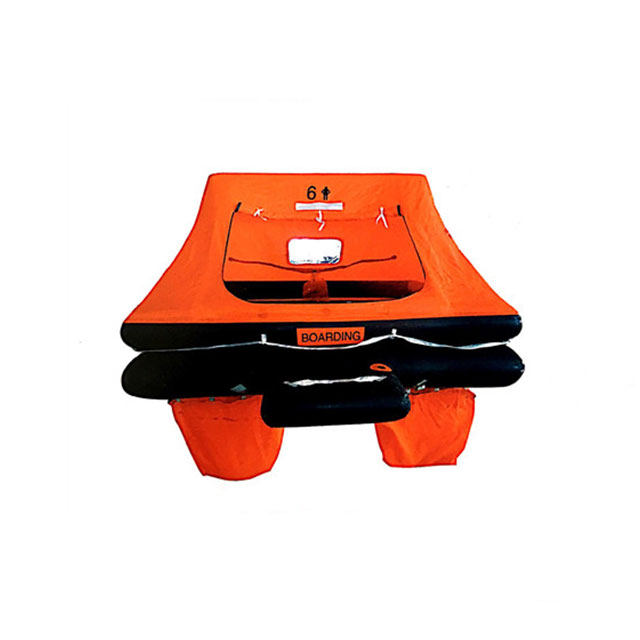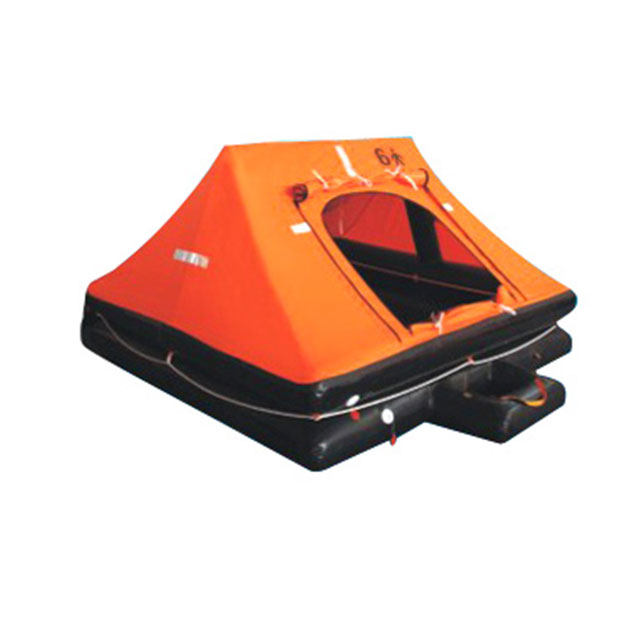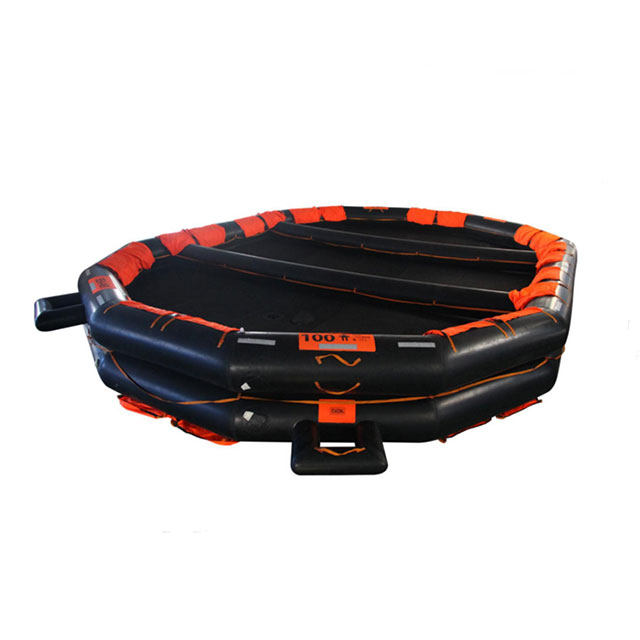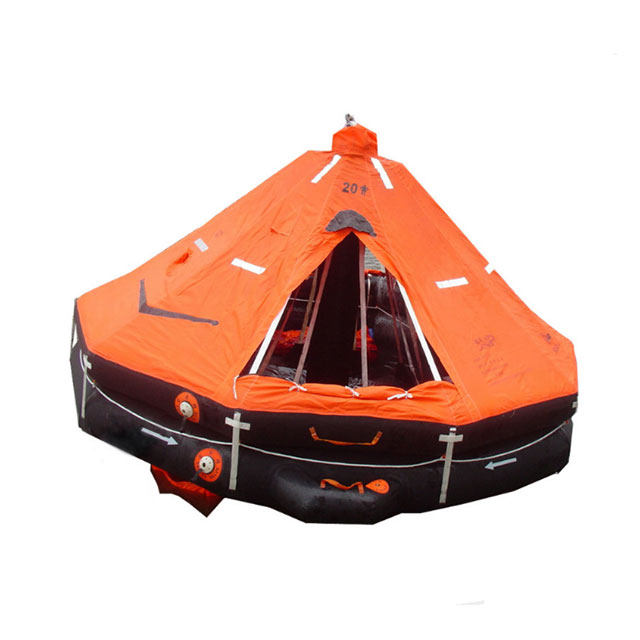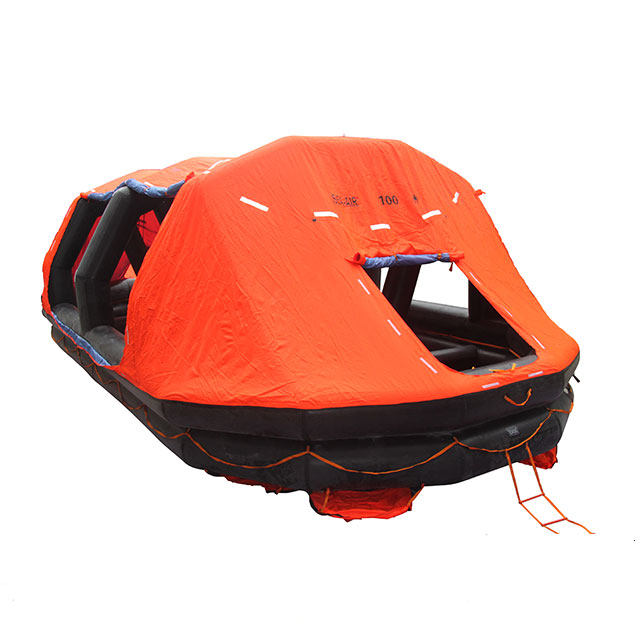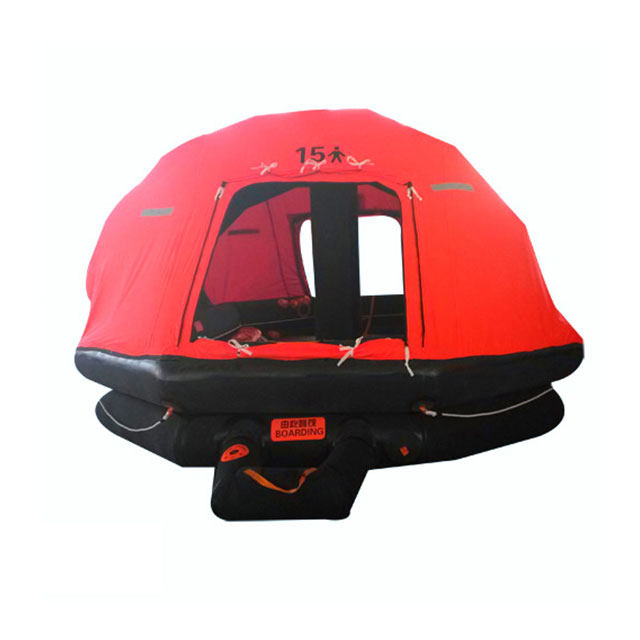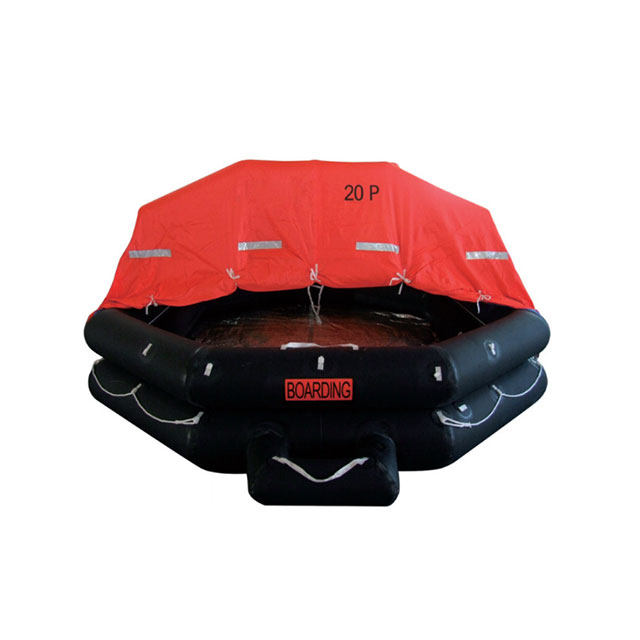How to Extend the Shelf Life of Life Rafts
Life rafts are essential safety equipment for marine vessels, designed to provide reliable shelter and flotation during emergencies. However, like all survival gear, life rafts have a limited shelf life, typically ranging from 10 and 20 years depending on the manufacturer, materials used and maintenance practices. Ensuring that life rafts operational and extend their shelf life, requires taking a proactive approach combing proper care, storage, regular servicing, and design innovations.
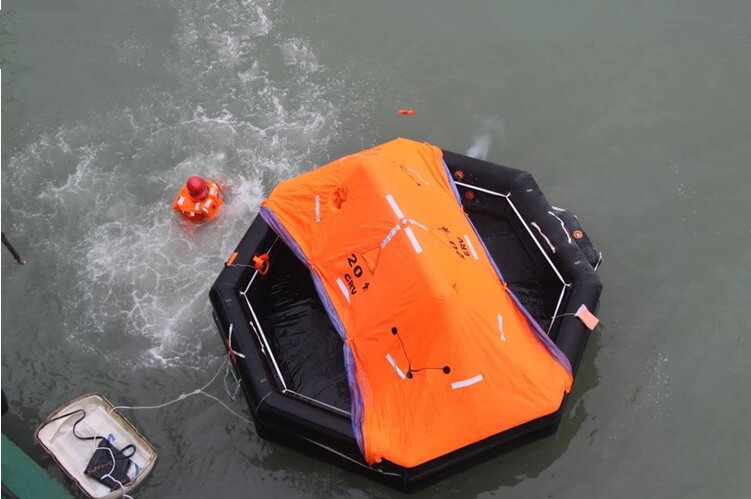
Table of Contents
Key Factors Affecting the Shelf Life of Life Rafts
| Factor | Impact on Shelf Life |
| Material Durability | Materials of high-quality (e.g. Neoprene, neoprene PUR) are resistant to the effects of aging, puncture or chemical damage. |
| Environmental Exposure | Constant exposure to UV rays or humidity as well as salt air can accelerate the degradation. |
| Storage Conditions | Proper storage (cool dry, shaded spaces) reduces wear and increases shelf longevity. |
| Frequency of Servicing | Regularly scheduled inspections can identify and fix early-stage problems that may reduce time to. |
| Inflation System Integrity | Pressure loss from the gas cylinder, or valve corrosion decreases the emergency function. |
| Seal Condition | Seals with ageing may crack, dry or leak, weakening the airtightness of the seal over time. |
| Packaging and Casing | Protective casings and shields made of vacuum seals to protect rafts to protect against contaminants and moisture. |
| Handling and Transport | Incorrect handling can cause physical injury that can go unnoticed until the time of deployment. |
| Technological Enhancements | Tags with RFID and Condition Monitors assist to keep track of shelf life and environmental exposure. |
| Conformity to Standards | Conformity to the regulations of IMO/SOLAS ensures an optimal design and maintenance protocol. |
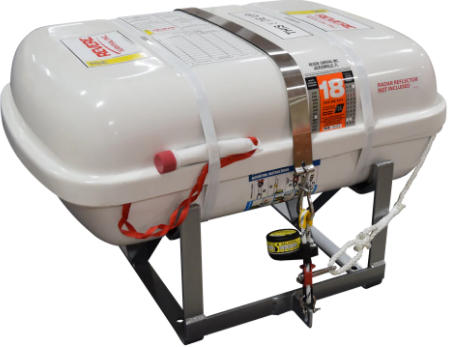
Strategies for Extending the Shelf Life of Life Rafts
1. Proper Storage
One of the most important methods for prolonging the shelf life of life rafts is to ensure they are stored in ideal conditions.
Storage Optimization Strategies
| Factor | Ideal Condition | Preservation Benefit | Implementation Tips |
| Temperature | 15°C-25°C | Slows polymer/rubber degradation | Make sure to store your items in a climate-controlled space; stay clear of the sun’s direct rays or engine rooms. |
| Humidity | 40-60% RH | Protects against mildew, mold, and also metal corrosion | Install desiccant or dehumidifiers. |
| Light Exposure | Storage that is dark (UV-protected) | Reduces material fading and fabric breakdown | Use UV-resistant covers or opaque storage boxes. |
| Orientation | Vertical (canopy up) | Helps prevent the formation of permanent wrinkles in fabrics | Place racks on them with the weight evenly spread. |
| Ventilation | Moderate airflow | Reduces the chance of condensation and chemical off-gassing | Avoid plastic bags with seals and use breathable bags. |
| Packing Tension | Manufacturer-specified pressure | This reduces stress on seams as well as valves | Repackaging guidelines should be followed after inspections. |
| Chemical Exposure | Stay clear of solvents, oils and Ozone | Helps prevent material weakening | Separately from storage for engine and chemical areas. |
| Accessibility | Mechanisms to release quick-releases | Ensures rapid deployment in emergencies |
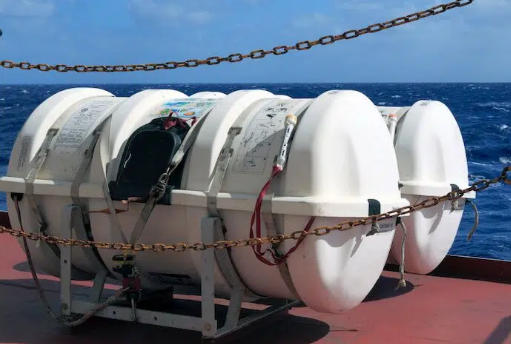
2. Adhering to Regular Maintenance and Inspection Schedules
Routine maintenance is crucial for keeping life rafts good condition for use. Manufacturers generally recommend regular inspections every three to five years, based on the use and environmental conditions. The maintenance inspections involve taking off the raft, performing thorough visual inspections, testing the pressure of on the system for inflation, as well as then replacing essential components like seals, inflation cylinders and lights that are activated by water. By identifying and fixing small issues early, routine maintenance helps prevent minor issues from compromising safety and performance.
3. Ensuring Proper Handling and Mounting
Careful handling of life rafts when they are being transported, installed and exercise is another important method. Dropping, rough handling or dragging them, or putting them near sources of heat could cause physical harm to the raft or its casing, which can reduce the effective life span of the raft. Installing specialized, corrosion-resistant brackets that are specifically designed for your raft model can help reduce the impact and vibration damage. Furthermore by limiting the number drills for deployment that involve the actual inflation of the raft can help minimize wear and tear while ensuring that the crew is prepared.

4. Advanced Packaging and Monitoring Technologies
New advances in technology provide new methods to increase the shelf time for liferafts. The introduction of vacuum sealed containers that dramatically minimize exposure to moisture and air. This prevents decomposition, mold growth, and degradation of the fabric, thereby prolonging the shelf’s useful life. Airtight packaging also allows for the transport and storage of the raft and ensures that the raft stays clean and in good condition until it is used.
Additionally, the integration of intelligent monitoring devices like RFID tags and sensors for the environment allow continuous monitoring and monitoring of conditions in storage. These technologies offer valuable information that triggers periodic maintenance, making sure that the raft stays in top quality throughout its shelf lifespan.
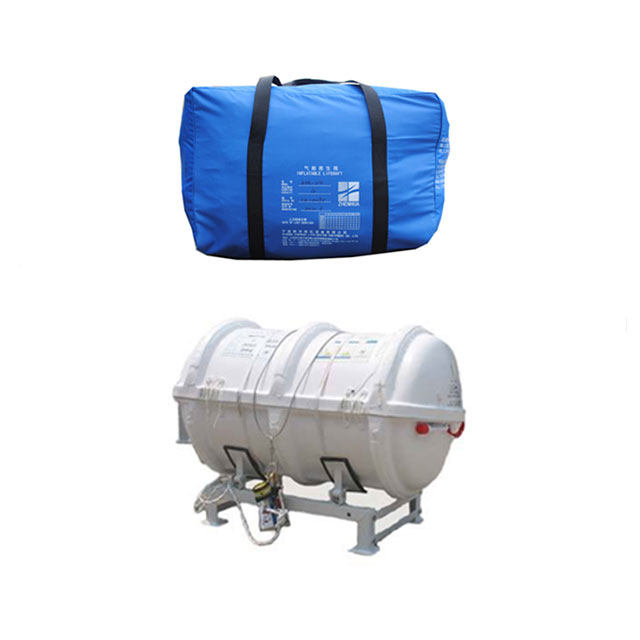
5. Training Personnel in Care and Maintenance Practices
The importance of educating crew members on how important it is to follow proper handling, care and inspection procedures is a significant factor in extending the life of a life raft. Personnel with the right training can recognize early indications of wear and storage problems, and issues with the inflation system in life rafts and can take action to correct the issue promptly. Making accurate records of inspections, maintenance and repairs aids in the compliance of maritime safety regulations and assists in planning the time for replacements.
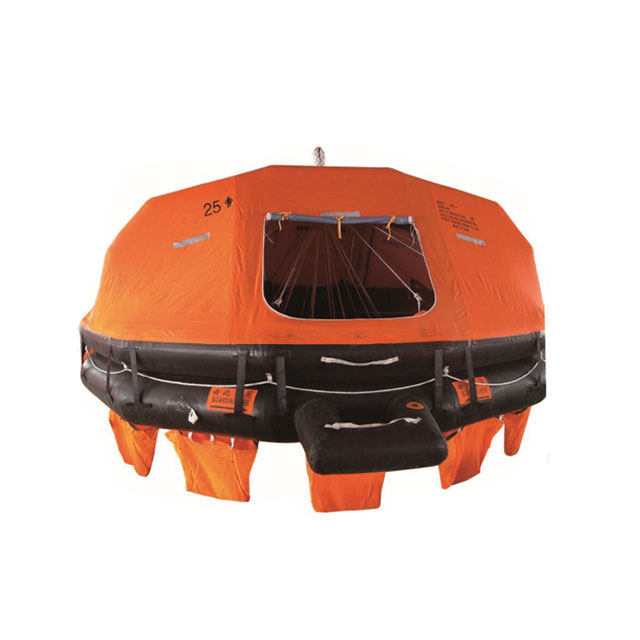
Regulatory Compliance and Recertification in Life Rafts
| Aspect | Description |
| Applicable Regulations | Life rafts need to comply with international standards, such as the IMO SOLAS, LSA Code, and regional regulations. |
| Certification Validity Period | Typically, it ranges from 1 to 3 years, based on the specifications of the manufacturer and the regulatory authority. |
| Mandatory Inspections | Regular inspections and maintenance with certified techs to guarantee function and security. |
| Recertification Process | It includes unpacking, visual as well as functional inspections including pressure testing, as well as replacement of worn components. |
| Documentation Requirements | Maintaining accurate maintenance logs and certificates should be kept and readily available to be verified. |
| Compliance Audits | Audits by regulatory bodies are a way to check compliance to guidelines and correct maintenance. |
| Replacement Criteria | Life rafts have to be replaced if they are found to be defective or expired or not in compliance at the time of recertification. |
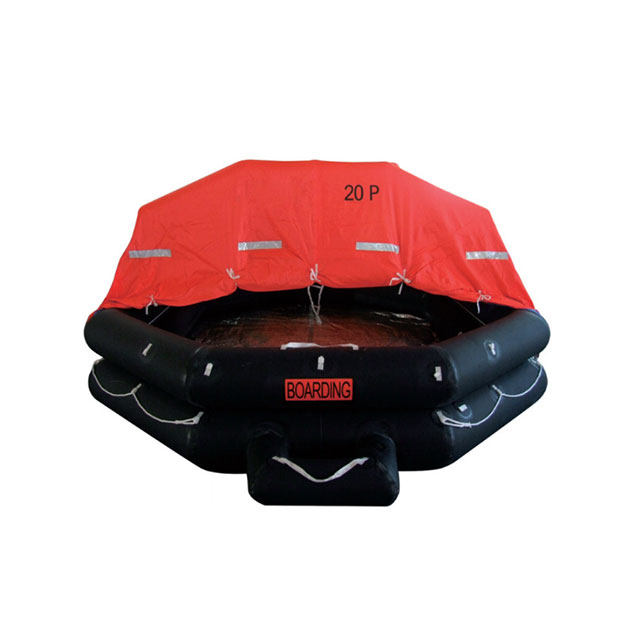
Innovations in Prolonging the Shelf Life of Life Rafts
Innovations in the design, materials and technology are bringing important advancements to ensure that inflatable life rafts are reliable for longer periods, reducing maintenance costs and enhancing safety.
1. Advanced Material Technologies
One of the biggest advancements is the development of stronger fabric coatings. Modern life rafts are increasingly using polyurethane, neoprene and polyurethane composites by UV stabilizers and anti-corrosive additives. These materials offer superior resistance to UV degradation, saltwater corrosion, and extreme temperatures which can slow the process of aging the raft’s envelope as well as inflation components.

2. Smart Monitoring Systems
The integration of digital technology like RFID tags and sensors for the environment have transformed the way we maintain life rafts. These intelligent systems collect the storage conditions in real-time such as temperature, humidity, and exposure to dangerous elements. By keeping track of these parameters operators can plan ahead for maintenance and recertification to avoid unnecessary expenses and unexpected malfunctions.
3. Modular Design and Repairability
Modern inflatable life rafts emphasize modularity and repairabilty. They allow individual parts like inflation bladders, gas cylinders, and seals to be repaired separately without having to throw away the entire unit. This does not just extend the life of the raft, but also decreases overall expenses by reducing repairs and reduces the amount of waste.

4. Enhanced Coatings and Surface Treatments
The application of advanced surface treatments that are able to repel dirt, salt and microbes also protects life rafts against environmental damage. These coatings enhance cleanability and lower maintenance requirements while preserving the strength of the materials that are exposed to harsh marine conditions.
5. Predictive Maintenance through Data Analytics
Utilizing sensor data collected using predictive analytics, models can determine when components are most at risk of failing or require maintenance. This maintenance plan that is forward-looking optimizes the duration of service, enhances the efficiency of inflatable life rafts and reduces downtime, making sure that life rafts are prepared in case of emergency for long periods.
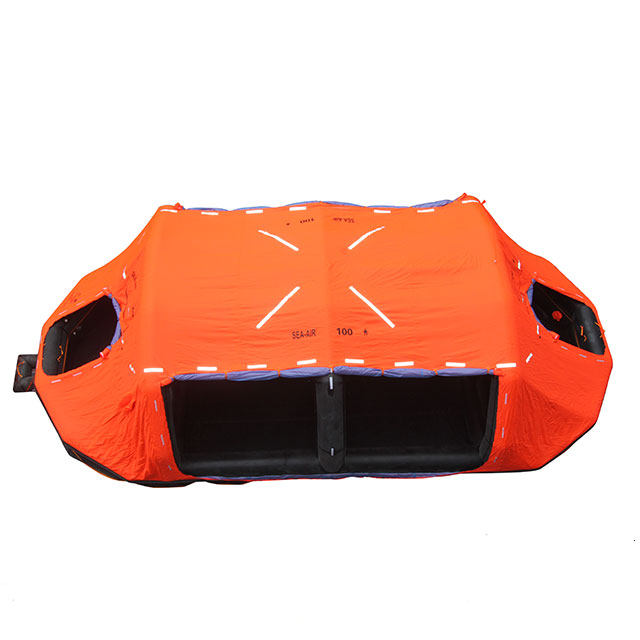
Summary
Extending the shelf life of life rafts requires a multi-faceted approach that combines advanced materials technology, rigorous maintenance procedures and innovative storage solutions. Through implementing these strategies, operators can enhance the longevity and reliability of their life-saving equipment while optimizing safety budgets. The future of technology for life rafts is a focus on smarter, self-monitoring systems that have improved material durability which potentially revolutionize the maintenance of emergency equipment.



